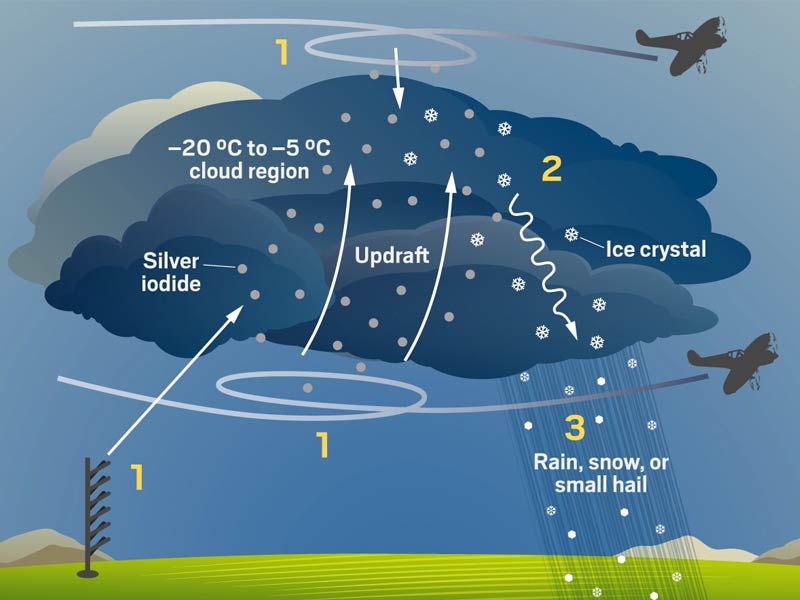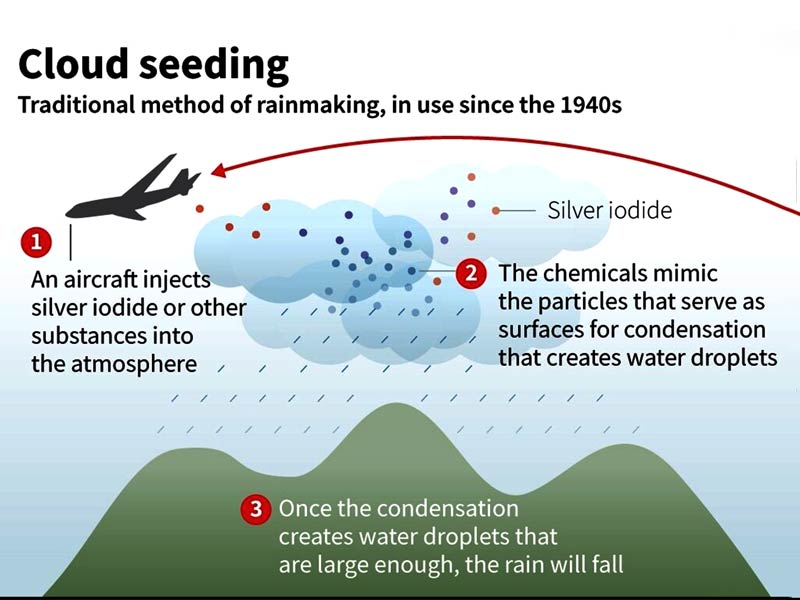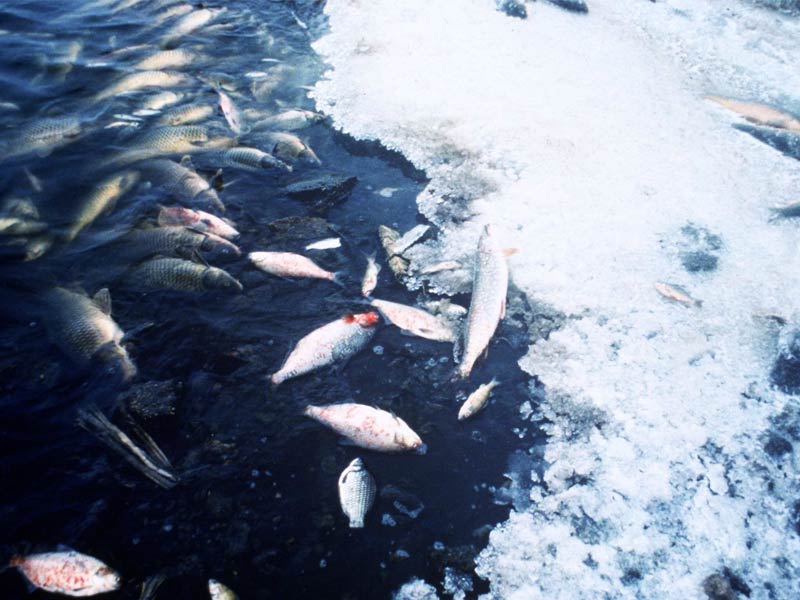How Do Clouds Work?
The little water droplets that make up clouds are known as cloud droplets. Groups of cloud droplets can turn into ice crystals or water vapor(gas).

Because it is not dense enough, water vapor cannot form precipitation. Instead, it ascends into the sky and cools significantly. It eventually condenses (becomes a liquid) around microscopic dust particles in the sky. Condensation nuclei are the name given to these little atoms. A visible cloud is made up of billions of these condensed water droplets.
Cloud seeding: What is it?
Tiny water droplets or ice crystals, which are what clouds are comprised of, are created when airborne water vapor cools and condenses around a microscopic dust or salt particle. It is impossible for raindrops or snowflakes to form and precipitation won’t happen without these tiny particles, also known as condensation or ice nuclei.

By inserting microscopic ice nuclei into specific kinds of subfreezing clouds, cloud seeding is a method of weather manipulation that increases a cloud’s capacity to generate rain or snow. These nuclei act as a foundation for the growth of snowflakes. Following cloud seeding, the freshly created snowflakes swiftly develop and descend from the clouds back to the Earth’s surface, boosting the snowpack and streamflow.
How We Seed The Cloud
Aerial or ground-based generators can both seed clouds. The majority of the ground-based generators used in the DRI Cloud Seeding Research Programme are manufactured and designed by DRI and are remotely controllable. DRI also uses a subcontracted seeding aircraft to do cloud seeding in the Carson and Walker River basins.

The majority of cloud seeding activities, including those carried out by DRI, make use of a substance called silver iodide (AgI) to help ice crystals develop. Low amounts of silver iodide occur naturally in the environment and are not known to be hazardous to people or animals.
A solution containing a tiny quantity of silver iodide is burnt from ground-based generators or discharged from airplanes when storm systems pass through one of our cloud-seeding project zones. The silver iodide works as an ice-forming nucleus as it enters the cloud, assisting in the formation of snowflakes.

When storm systems are actively moving across our project regions throughout the winter months of November to May, DRI typically operates its cloud seeding operation. Cloud seeding is not possible during dry winters when storm systems are absent for extended periods because cloud seeding requires the presence of wet clouds.
Also read: Climate Change: Top 10 Documentaries You Need To Watch
Meteorologists who work for DRI keep an eye on the weather all season long to determine the best times to seed clouds. When more precipitation might pose a risk for flooding or during peak holiday travel seasons, cloud seeding does not take place.
The advantages of cloud seeding
Cloud seeding is a technique that is utilized all over the world to improve winter snowfall and increase mountain snowpack, complementing the local towns’ natural water supply.

The effectiveness of cloud seeding varies from project to project, however, long-term cloud seeding efforts over Nevada mountains and other mountains across the world have been demonstrated to enhance the overall snowpack in the targeted locations by 10% or more each year.
What Risks Could Cloud Seeding Possess?
There are several applications for cloud seeding. It has existed for a very long time. However, not everyone believes it to be a wise decision. Why?

There is proof that cloud seeding is effective. It can boost rainfall by 10% to 15%. However, some contend that the hazards to the environment and public safety do not justify this gain.
The substance used to seed clouds, silver iodide, is poisonous to aquatic life. Consequently, precipitation from planted clouds may be environmentally harmful.

























